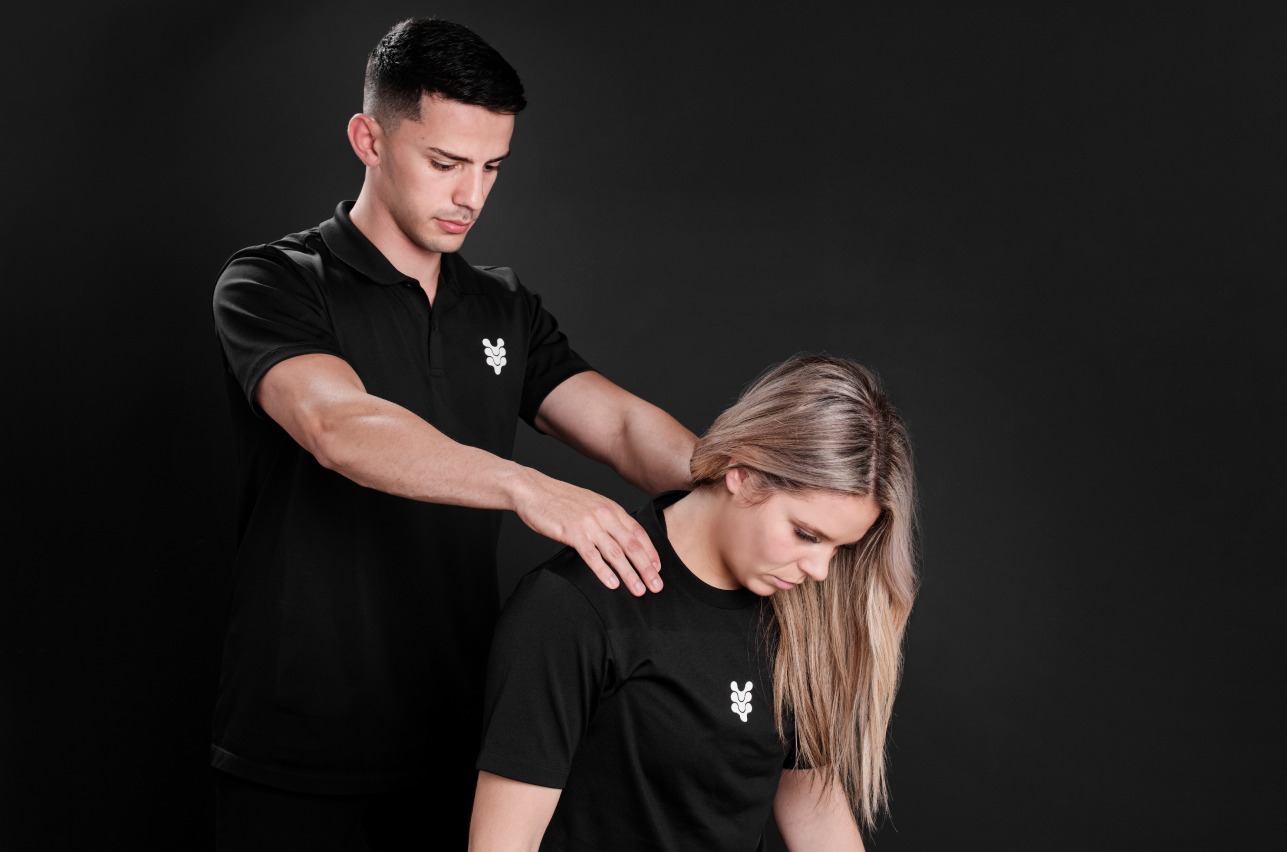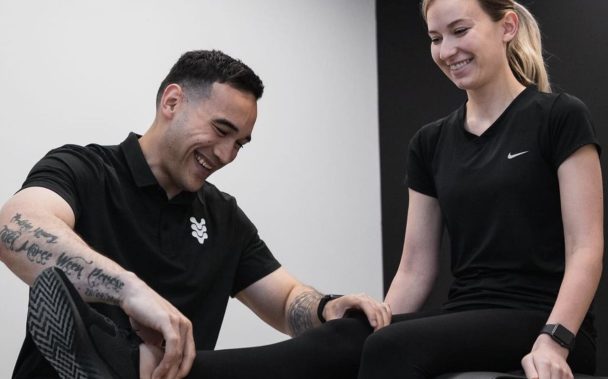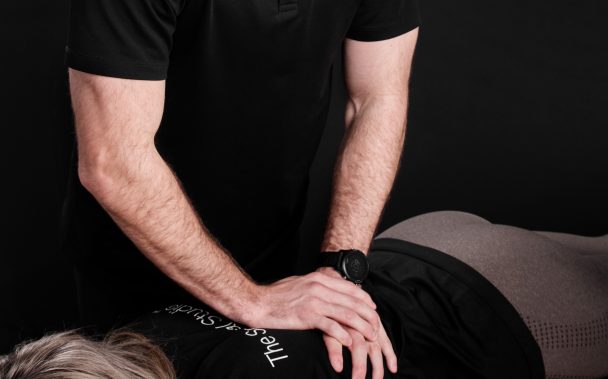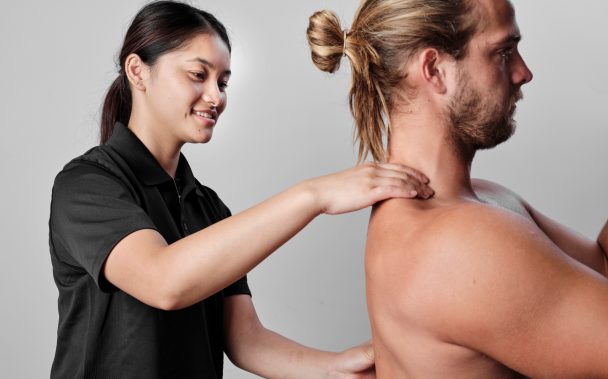Posture Myths & Realities
Posture is often linked to spinal health, with a prevailing belief that “incorrect” sitting, standing, or bending leads to spinal pain. However, this perspective isn’t strongly supported by evidence. Despite this, an entire industry thrives on products and interventions aimed at “correcting” posture.
_Common belief: Incorrect posture causes spinal pain.
_Reality: Lack of strong evidence to support this belief.
Common Beliefs vs. Scientific Evidence
Healthcare professionals often advise maintaining a neutral posture while sitting, bending, or lifting. The Australian manual handling guidelines also promote a straight or slightly bent back during lifting tasks. However, no conclusive evidence exists that specific spinal curvatures correlate with pain prevention.
_Advice: Maintain a lordotic posture while sitting, bending, or lifting.
_Fact: No single spinal curvature is proven to prevent pain.
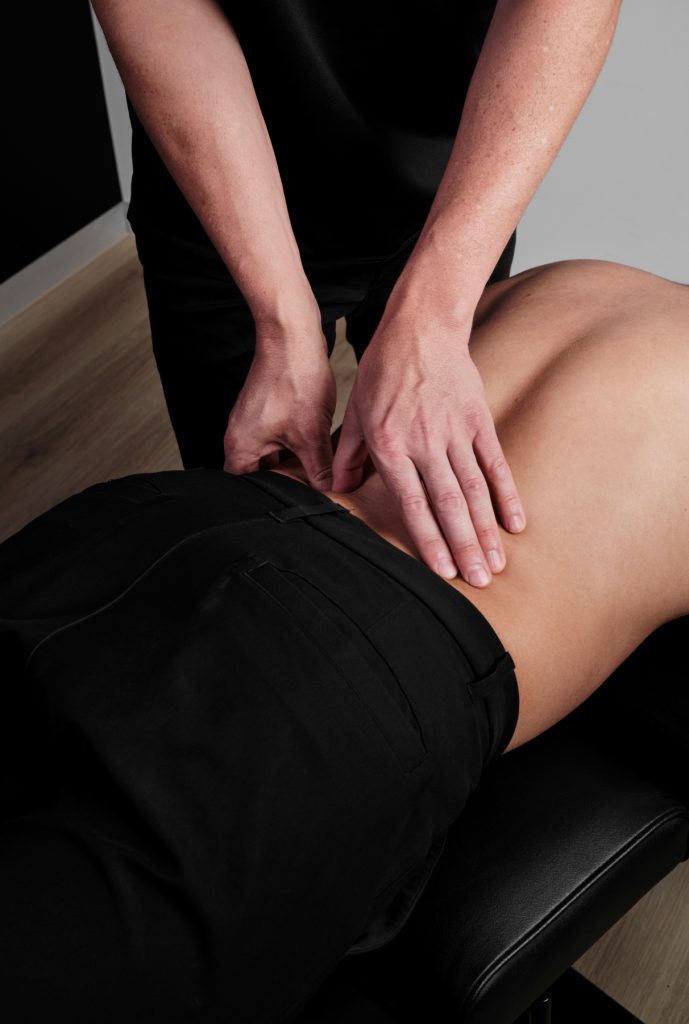
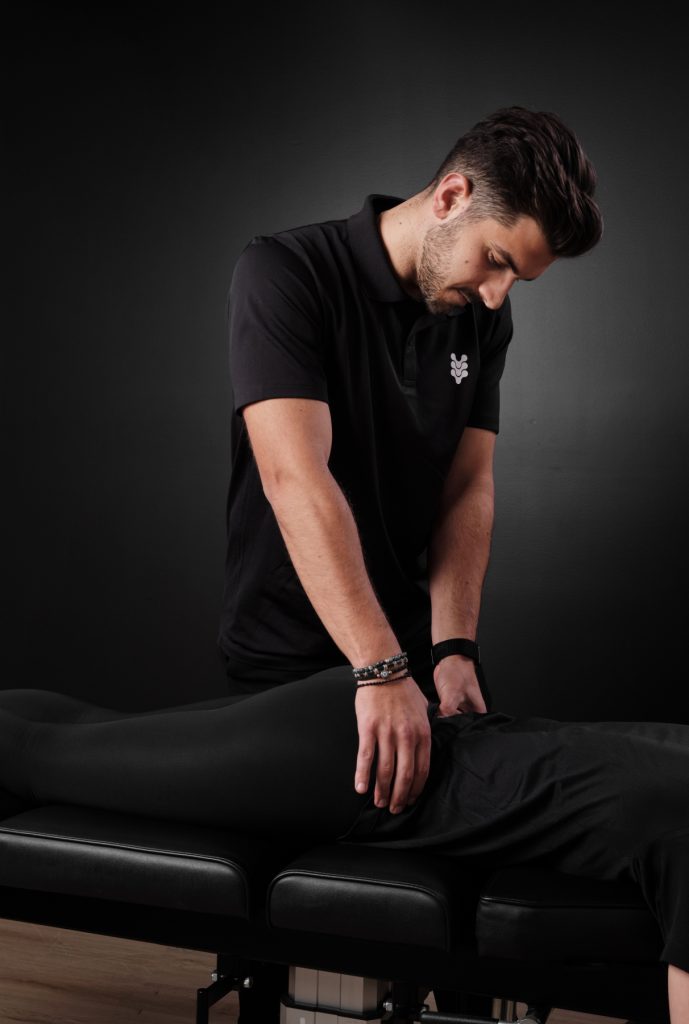
The Fitness Industry's Role
The fitness industry often emphasises activating core muscles for maintaining “correct” posture. But again, there’s no solid proof that such practices prevent or reduce pain and disability.
_Claim: Core muscles must be activated for “correct” posture.
_Truth: No evidence that this prevents or reduces pain.
The Influence of Media & Culture
Media and cultural stereotypes contribute significantly to our posture beliefs. Fear-inducing messages in mainstream media and long-standing societal views linking posture to personal attributes reinforce these unhelpful ideals.
_Impact: Fear-inducing messages and stereotypes about posture.
_Consequence: Reinforcement of unhelpful posture ideals.
Clinical Observations & Recommendations
Clinicians observe that patients with low back pain often exhibit more trunk muscle activity and avoid certain postures due to fear. This guarded movement can be counterproductive. Clinicians should focus on helping patients adopt relaxed postures, emphasising that these are safe and can relieve symptoms.
_Finding: Patients with low back pain often exhibit more trunk muscle activity.
_Suggestion: Adopt relaxed postures for symptom relief.
Changing the Posture Narrative
The key is to shift away from a single “correct” posture and recognise the spine’s robustness and adaptability. Sitting for extended periods isn’t inherently dangerous, and movement variety is beneficial. Clinicians should avoid attributing pain to normal posture variations and instead encourage a relaxed and adaptable approach to sitting, standing, and moving.
_Myth: There’s a single “correct” posture.
_New approach: Embrace the spine’s robustness and adaptability.
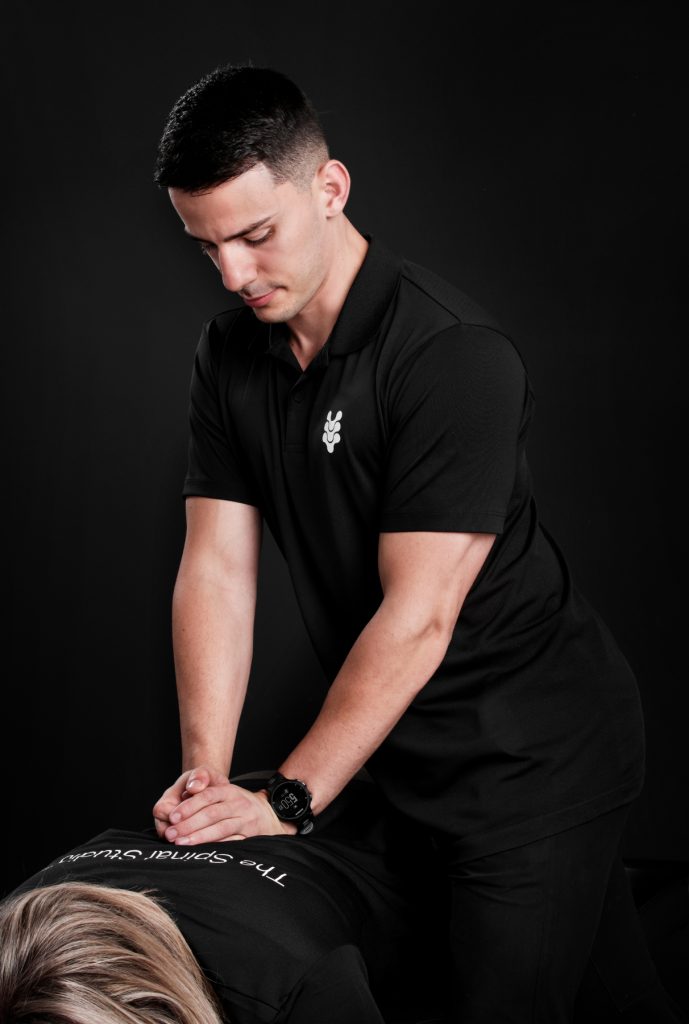
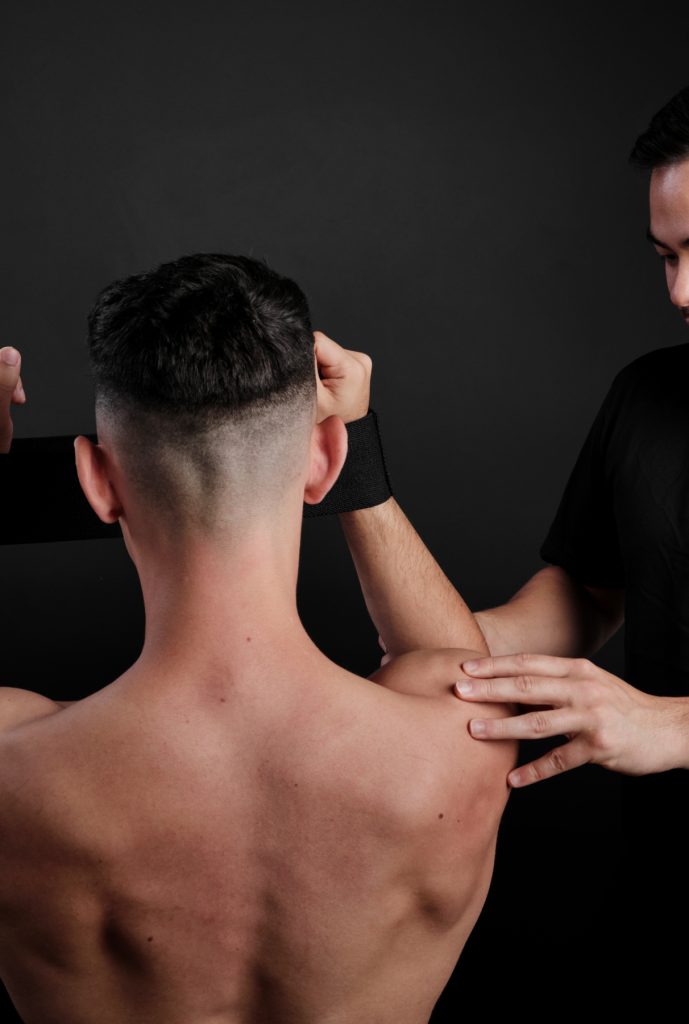
Beyond the Clinic
In reframing the posture narrative, we face the challenge of overcoming entrenched beliefs in the healthcare and ergonomic fields. Like the shift from recommending bed rest for low back pain to more active approaches, it’s time to update our understanding and approach to spinal health and posture.
_Encourage: A variety of comfortable postures.
_Discourage: Fear of sitting or standing in one position for too long.
Redefining our approach to posture involves recognising the lack of evidence linking specific postures to pain prevention, understanding the spine’s resilience, and promoting adaptability and comfort in our movements. It’s time to move beyond outdated beliefs and embrace a more evidence-based perspective on spinal health.
References
Caneiro, J. P., O’Sullivan, P., Smith, A., Ovrebekk, I. R., Tozer, L., Williams, M., Teng, M. L. W., & Lipp, O. V. (2019). Physiotherapists implicitly evaluate bending and lifting with a round back asdangerous. Musculoskeletal science & practice, 39, 107–114. https://doi.org/10.1016/j.msksp.2018.12.002
Korakakis, V., O’Sullivan, K., O’Sullivan, P. B., Evagelinou, V., Sotiralis, Y., Sideris, A., Sakellariou, K., Karanasios, S., & Giakas, G. (2019). Physiotherapist perceptions of optimal sitting and standing posture. Musculoskeletal science & practice, 39, 24–31. https://doi.org/10.1016/j.msksp.2018.11.004
Nolan, D., O’Sullivan, K., Stephenson, J., O’Sullivan, P., & Lucock, M. (2019). How do manual handling advisors and physiotherapists construct their back beliefs, and do safe lifting posture beliefs influence them?. Musculoskeletal science & practice, 39, 101–106. https://doi.org/10.1016/j.msksp.2018.11.009
Slater, D., Korakakis, V., O’Sullivan, P., Nolan, D., & O’Sullivan, K. (2019). “Sit Up Straight”: Time to Re-evaluate. The Journal of orthopaedic and sports physical therapy, 49(8), 562–564. https://doi.org/10.2519/jospt.2019.0610

